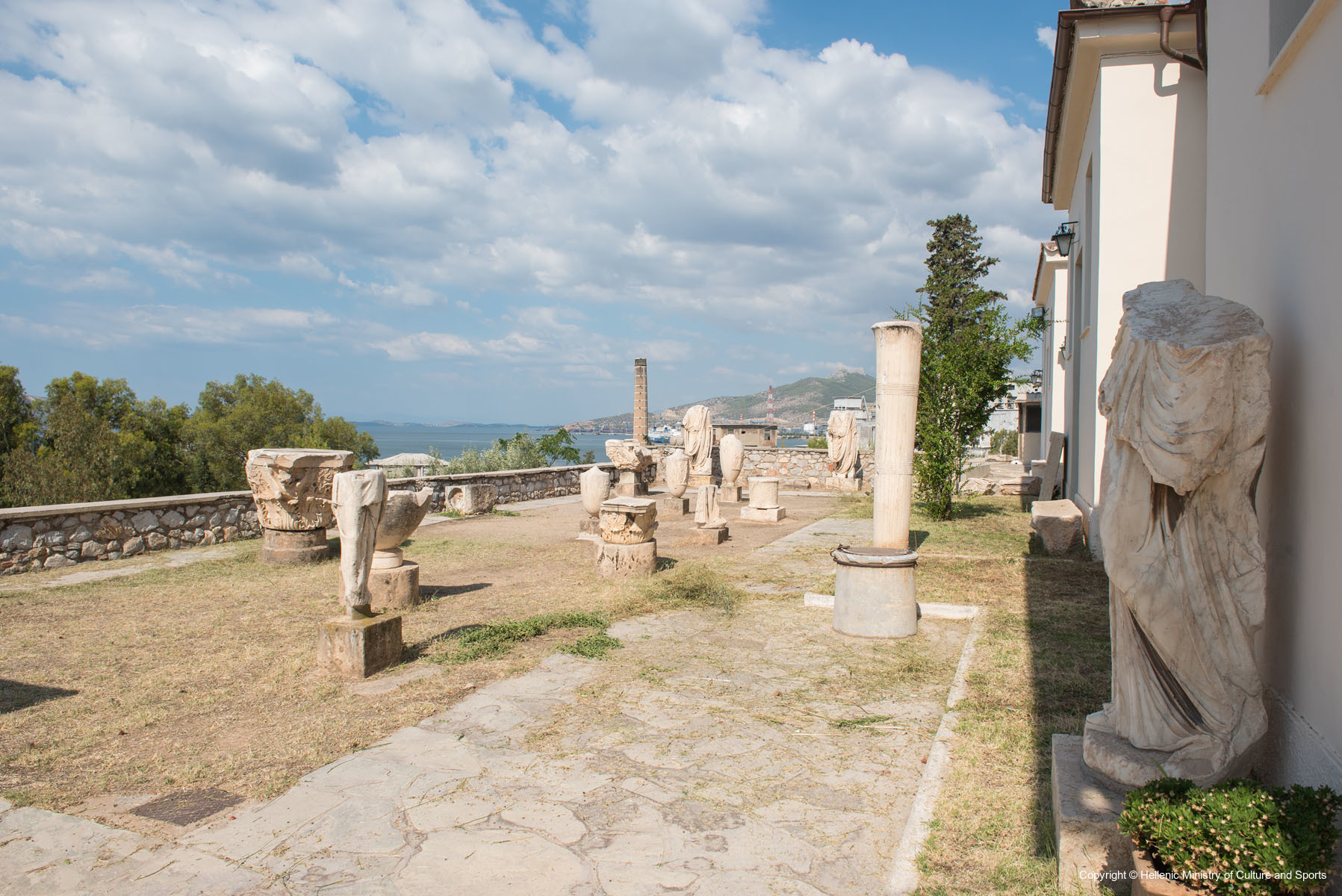Located on the southeast side of the acropolis of the shrine and built in 1889 by the architect J. Mousis is constitutes a unique place which host and protects the excavation finds from the site.
A museum, is an institution that protects and features a collection of artifacts and other objects of artistic, cultural, historical, or scientific value. Is an alive memory of the cultural heritage of the city whose belongs. Its location near the archaeological site provides the opportunity of a well- rounded time travel.
The museum’s construction was already a matter of necessity since the first excavations placed in the site. According to old written sources and information from the locals, there were many rough places for gathering and storage the plethora of the archaeological finds. For example, Aghios Zaharias, one of the oldest churches of Eleusina, and other old houses were the first places used as “ancient storages”. These houses, still standing nowadays are consider the older buildings of the past “eleusina” and the first museums of the town.
Some of the most important items of the exhibition are consider a big collection of ancient jars as the Protoattic amphora (650 B.C.) which graces the first room, two headless statues, the first belongs to the goddess Demeter since 5th century B.C. and the second to Asklepios, original work of the 4th century B.C. Two statues devoted to Pershephone, the "fleeing kore", the statue probably belonged to the sculptural decoration of the Sacred House and dates to the early 5th century B.C. and the "Kistophoros kore", the colossal statue which supported the roof of the "Lesser Propylaea" of the Sanctuary. Surviving art and sculpture from the site include relief panels showing Demeter and Persephone and clay votive plaques depicting rites from the Mysteries.
All phases of the life of the site are represented, from Prehistoric Times to the late Roman Period. In 1960 the museum was renovated and enriched with new finds from the excavations and in 1973 two patterns which represent the main buildings of the Sanctuary of the 6th century B.C and 2nd century A.C. were added!
